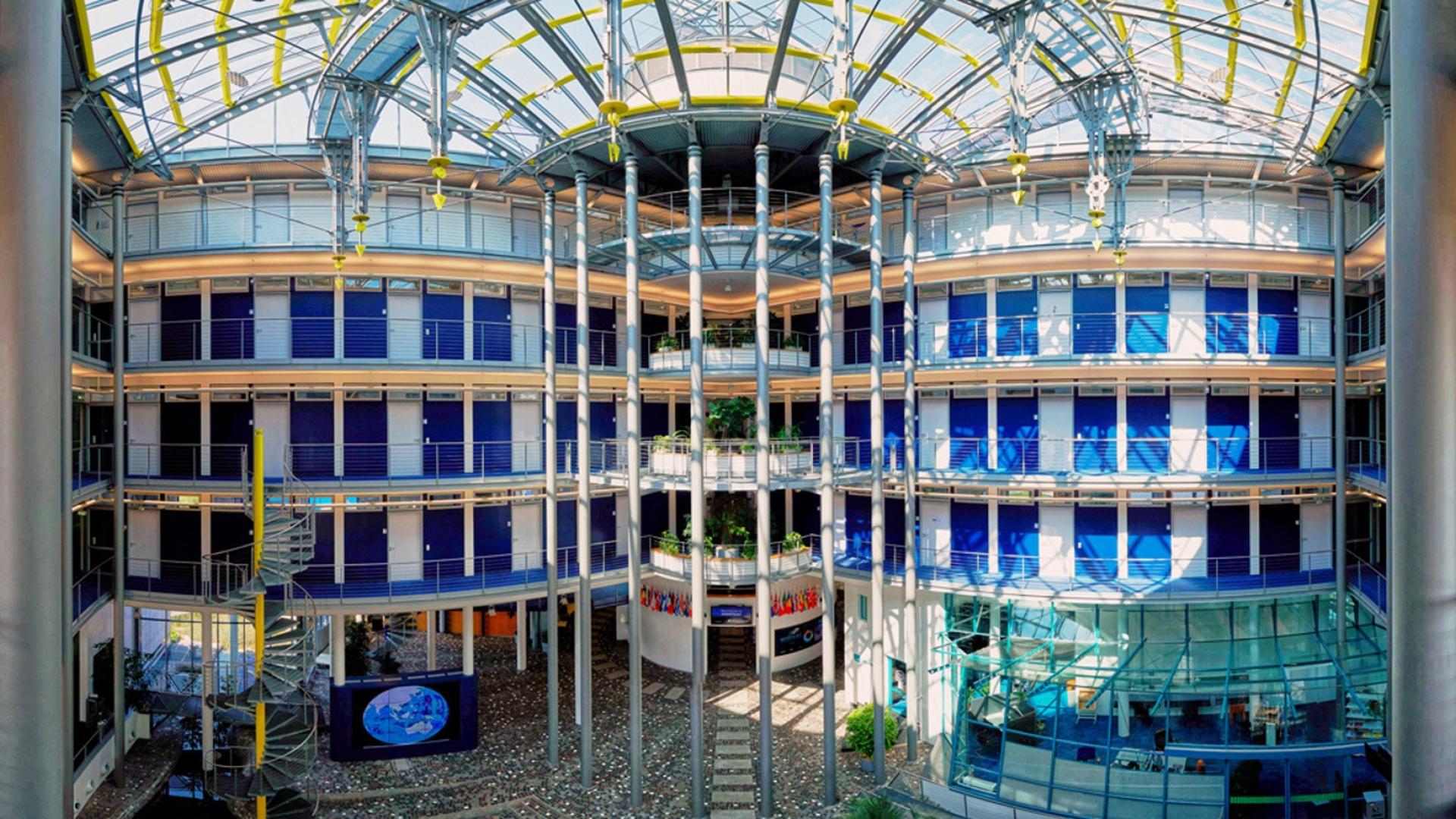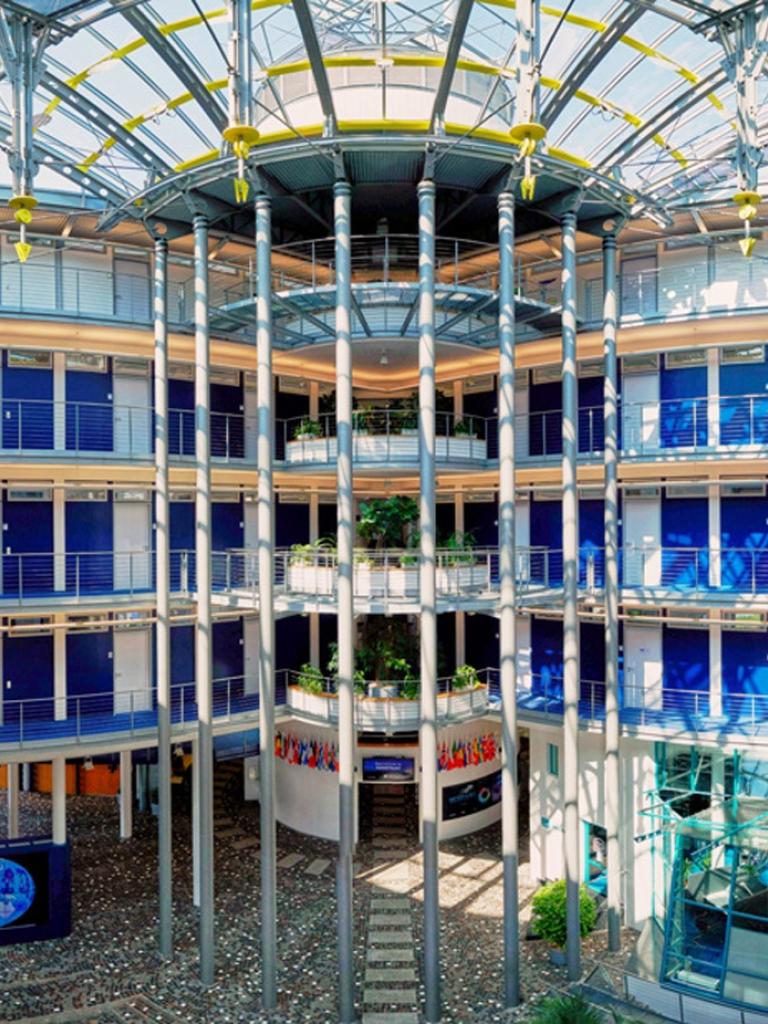08 January 2025
02 September 2024
EUMETSAT welcomes scientists from partner organizations worldwide to maximize the global impact of our Earth observation data. By working together, we share technologies and expertise, enhancing the accuracy, scope, and reliability of our products and processes. Stronger collaborations are key to our ability to contribute positively to the global effort to build complementary, comprehensive and impactful sets of data and products that benefit our member states and international partners. This effort is crucial to tackle global challenges like climate change and disaster management more effectively, but also to foster innovation, and reduce duplication of effort.
The following scientists visited us in 2024:
| Name, Firstname | Start Date | End Date | Affiliation | Country | Research Topics |
|---|---|---|---|---|---|
| Derksen, Chris | 04/03/2024 | 07/03/2024 | Environment and Climate Change Canada | Canada | Presentation of "The Terrestrial Snow Mass Mission: Ku-band radar measurements to support cold regions hydrology" at SWG 56. |
| Leblanc, George | 04/03/2024 | 07/03/2024 | National Research Council | Canada | Presentation on "Recent and on-going activities at NRC Aerospace related to addressing the problem of Wildfires" at SWG 56. Discuss potential EUM-NRC science cooperation activities with airborne campaigns and fire monitoring. |
| Khan, Amir Ali | 04/03/2024 | 07/03/2024 | National Research Council | Canada | Presentation on "Integrating EUMETSAT Data in Hydrology and Coastal Research Workflows at the NRC’s Ocean, Coastal and River Engineering Research Centre”. Discuss potential EUM-NRC science cooperation activities for hydrology and for coastal zones. |
| Lu, Zhang | October 2024 | November 2024 | (China Meteorological Administration) CMA | China | The exchange and learning for retrieval algorithm of XCO2 and XCH5. The exchange and learning for validation of remote sensing XCO2 and XCH4. |
| Xiaochun, Zhai | 01/07/2024 | 13/09/2024 | China Meteorological Administration (CMA) (NSMC) | China |
|
| Kroodsma, Rachael | 03/07/2024 | 05/07/2024 | National Aeronautics and Space Administration (NASA) | United States of America | Microwave radiometers |
| Gambacorta, Antonia | 03/07/2024 | 05/07/2024 | National Aeronautics and Space Administration (NASA) | United States of America | |
| Haofei, Wang | Jan/Feb 2025 | October 2025 | China Meteorological Administration (CMA) (NSMC) | China | The familiarisation of the calibration and monitoring of polarimeters. The processing of polarimeters from raw counts to geo-located and calibrated level-1 and level-2 products. The familiarisation, use, and further development of the operational polarimeter level-1 monitoring and instrument diagnostic tools. |
| Prantik | October/November 2024 | To be confirmed | Indian Space Research Organisation (ISRO) | India | |
| Mishra, Manoj Kumar | October 2024 | To be confirmed | Indian Space Research Organisation (ISRO) | India | Aerosol retrieval and validation |
| Straka, William | 07/10/2024 | 08/10/2024 | National Oceanic and Atmospheric Administration (NOAA) | United States of America | Flood mapping algorithm, validation, and outreach |
| Sauvage, Laurent | 15/10/2024 | 15/10/2024 | Reuniwatt | France | Presentation/Seminar on sky imager activities; Meet and discuss with EUMETSAT experts on cloud, water vapour and aerosol products: IR sky imagers technical features and applications; On-ground IR sky imager network and campaigns; Possible live demonstration with actual live data but also archive wrt satellite acquisitions (GEO and LEO); EUMETSAT operational needs (data quality, timeliness/data access, long term availability). |
To read more information on visiting scientists from previous years please click here.

